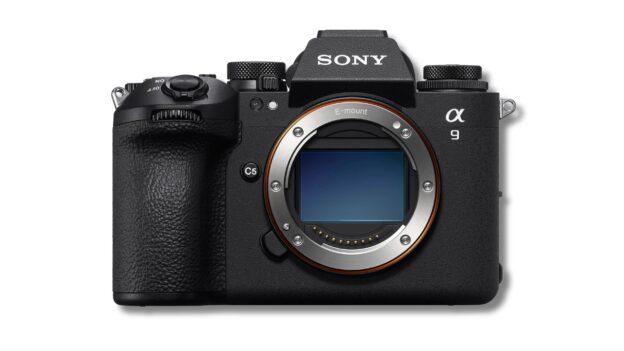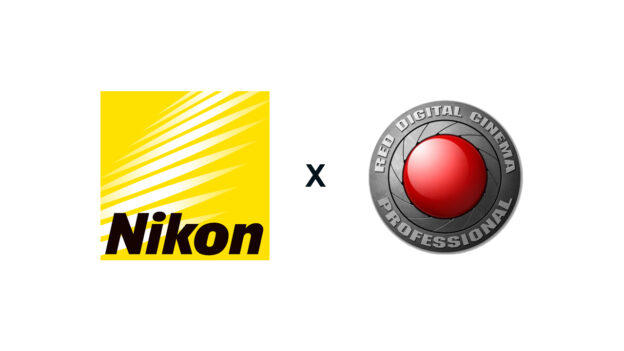Sony India recently unveiled the Alpha 9 III, a camera incorporating a global shutter system, marking a noteworthy advancement in digital imaging technology. This new model promises to mitigate common photography challenges, such as distortion and blackout during high-speed captures, offering burst speeds up to 120 frames per second.
The device is outfitted with Sony’s cutting-edge autofocus system, capable of executing up to 120 focus calculations per second, and supports flash synchronization at any shooting speed. This combination of features is designed to meet the demands of professional photographers who require precision and reliability to capture fleeting moments.
Mukesh Srivastava, Head of Digital Imaging Business at Sony India, highlighted the camera’s potential to set new standards in photography, emphasizing its ground-breaking 120 fps shooting capability and global shutter technology.
Featuring a 24.6-megapixel full-frame CMOS sensor and the BIONZ XR image processor, the Alpha 9 III delivers high-speed continuous shooting with autofocus and auto-exposure tracking. This model represents a leap forward in still image performance and video capabilities, ensuring minimal distortion and improved usability for professional environments. Additionally, the camera’s enhanced video functionalities include 4K recording at 120p without crop and 4K at 60p with 6K oversampling, complemented by S-Cinetone colour science for natural skin tones and subject depiction.
The Alpha 9 III has been designed with operability and reliability in mind, featuring an ergonomic grip and optional vertical grip for extended use, a 4-axis multi-angle LCD monitor, and a high-resolution electronic viewfinder to accommodate professional shooting conditions.
Moreover, the camera is equipped to support a high-speed workflow and offers scalability with features like image selection filters, dual media slots for CFexpress Type A and SD cards, and compatibility with professional mobile applications for streamlined content delivery and remote operation.
Priced at ₹5,29,990, the Alpha 9 III will be available from 26th February 2024 at Sony retail outlets and online platforms across India.







